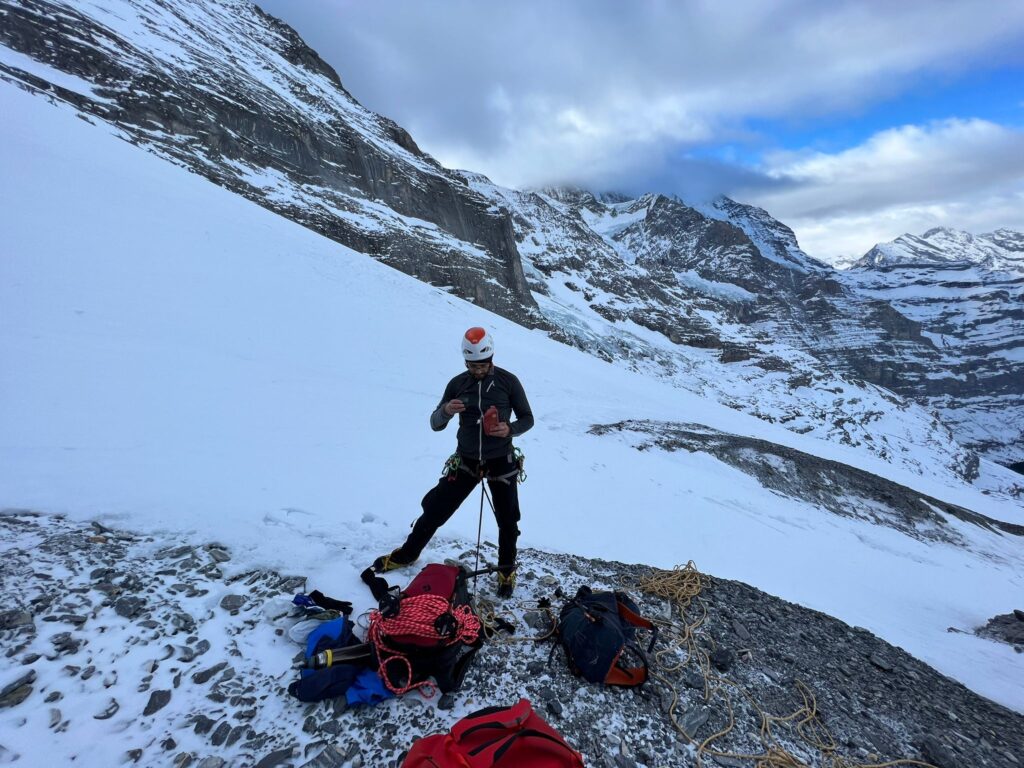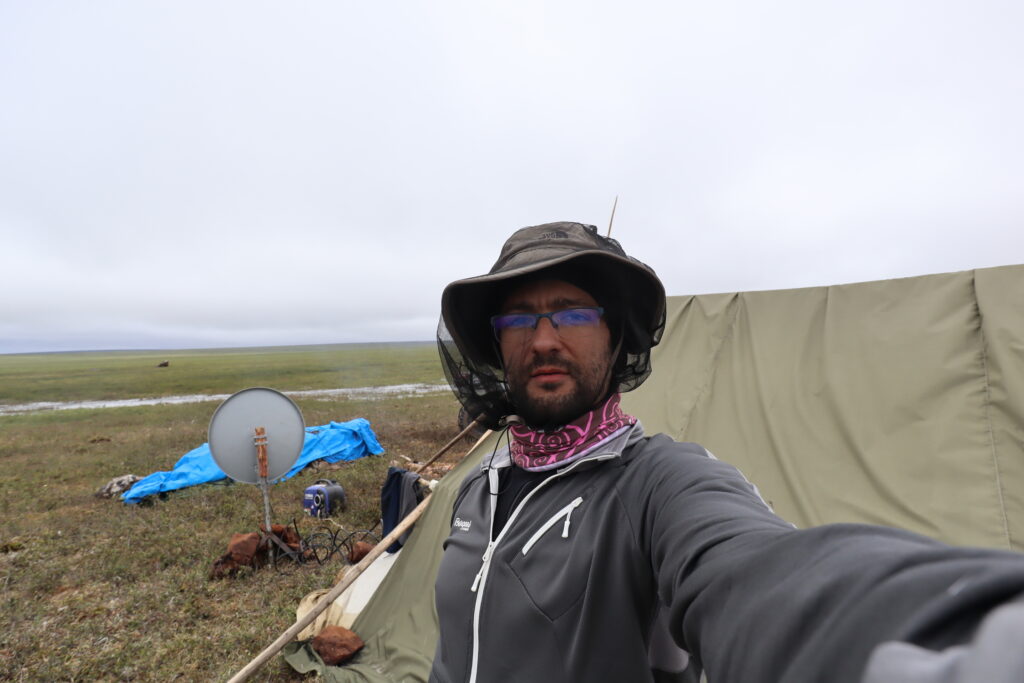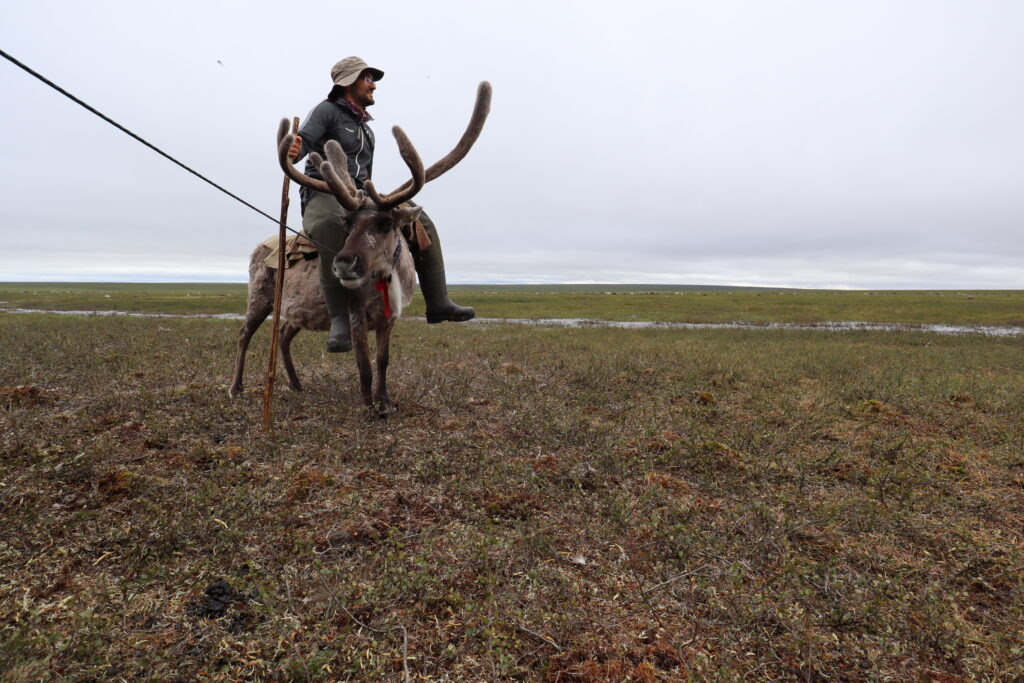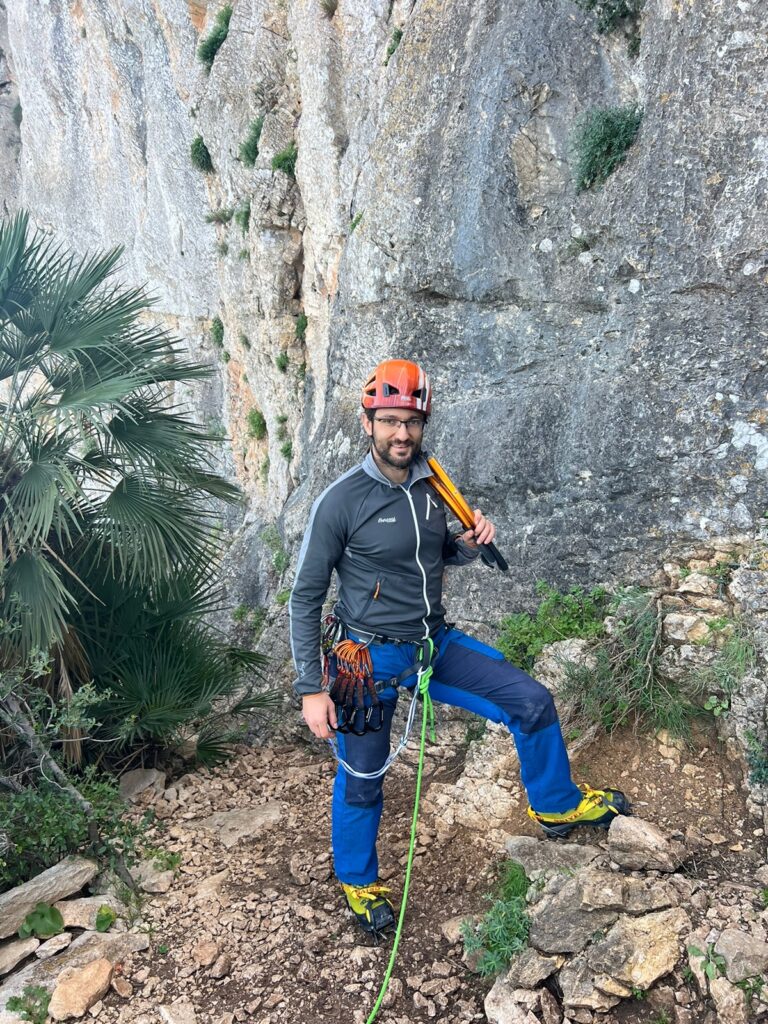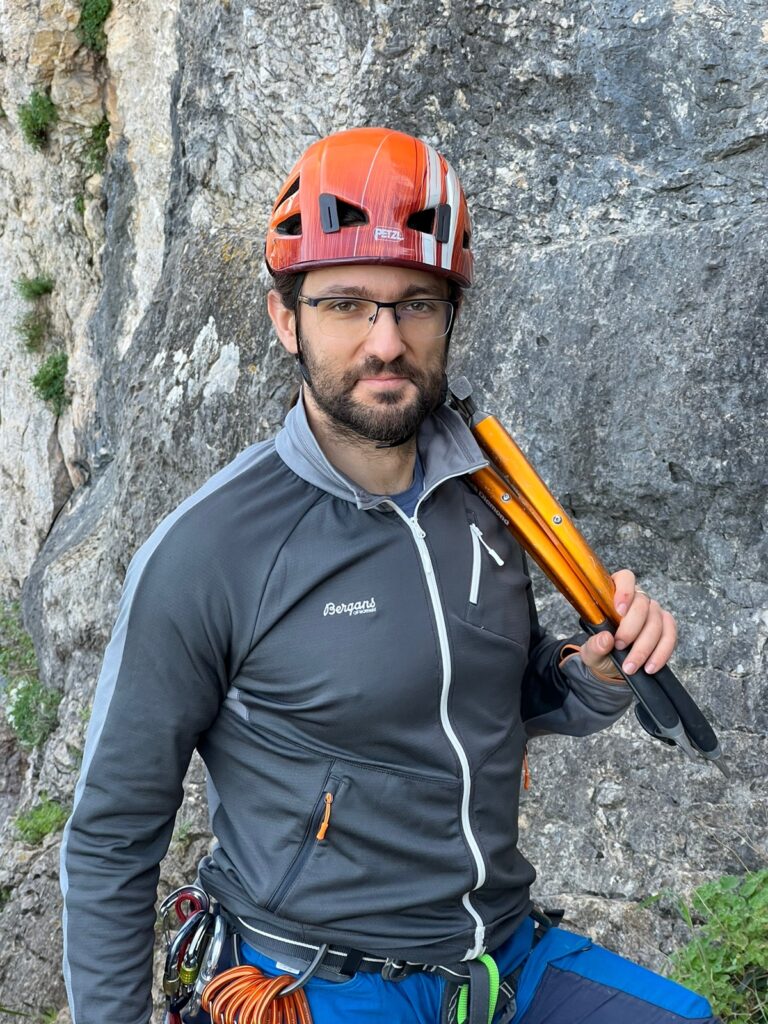Review and Analysis of Bergans Galdebergtind Fleece Jacket
Introduction
A lightweight fleece jacket is important for any expedition. It acts as an additional layer to be used when it gets really cold. Now, many recent recommendations coming from the ultralight universe often denounce fleece as being too heavy, praising lighter alternatives such as Primaloft. While Primalot (and related) do have their applications, not taking fleece to a place that can be both cold and wet is actually an example of an “ultralight stupid”: a decision that, while decreasing weight, also significantly reduces the expedition comfort. This is because fleece is truly amazing when it comes to keeping warmth on cold, wet days.
Over the years, I tried many lightweight fleece jackets. The one that really stands out is Bergans Galdebergtind. I used it during the Anabar 2022 summer expedition, with temperatures between 0 and 20 C, and a lot of rain. Moreover, I used it during winter Alps, and also during the 2023 January expedition to Chersky Mountains in Yakutia, where temperatures were between -40 C and -65 C. In both expeditions, the fleece turned out to be very effective.
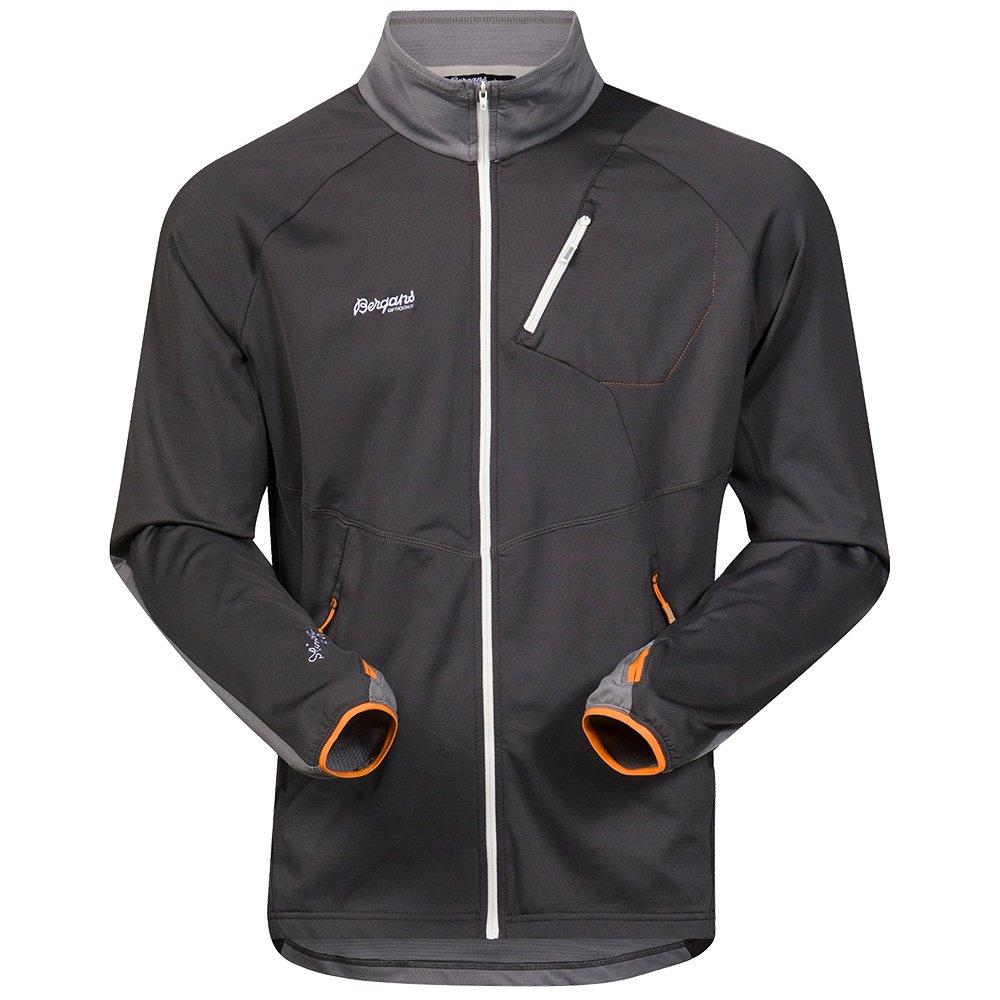
The first impression is related to its weight: despite being fleece, it’s really lightweight. At 360 grams of a listed weight, it is lighter than all other such jackets I used in the past. Simultaneously, it does offer comfortable level of warmth retention. I had many days with temperatures around +5 C, and a lot of rain. When I had this jacket on, it never really felt cold. During many breaks, I didn’t even have to use my Primaloft jacket – just having the Galdebergtind was enough to be warm.
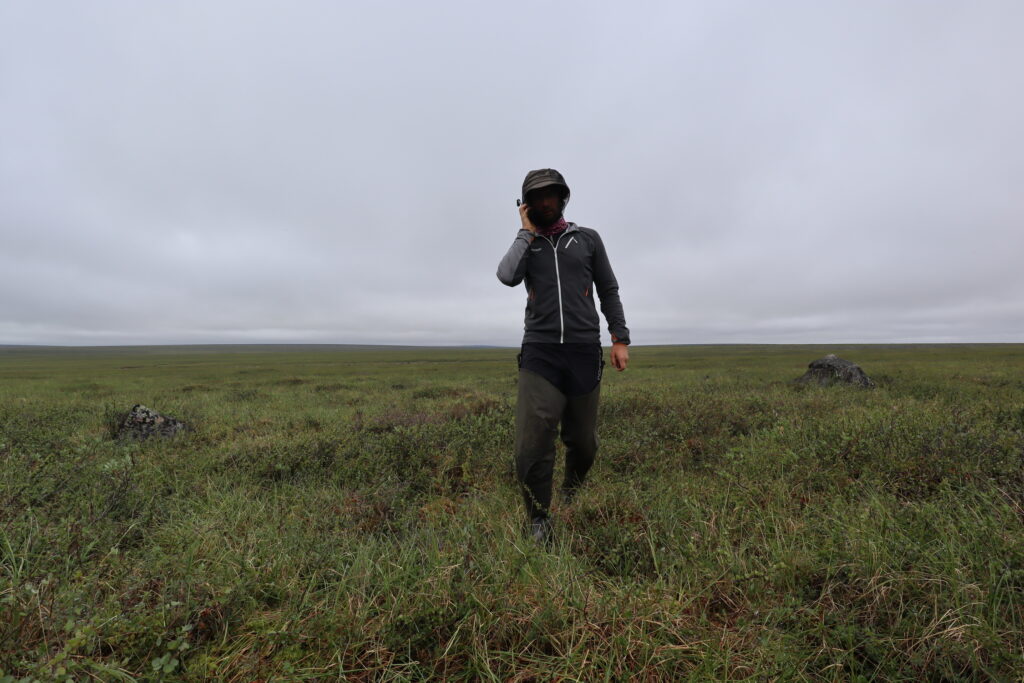
During the winter expedition, unsurprisingly, I had to combine Galdebergtind with other layers, to withstand -50 C and lower. I used it in two configurations. When I was battling -50 C AND strong winds, I used an expedition base layer, Galdebergtind, and a (thin) Primaloft jacket while moving. When there was no wind (very common in the valleys), I used only the base layer and Galdebergtind. In both variants, it was perfectly enough – I was able to run for more than 4 hours in taiga on skis, and not get cold.
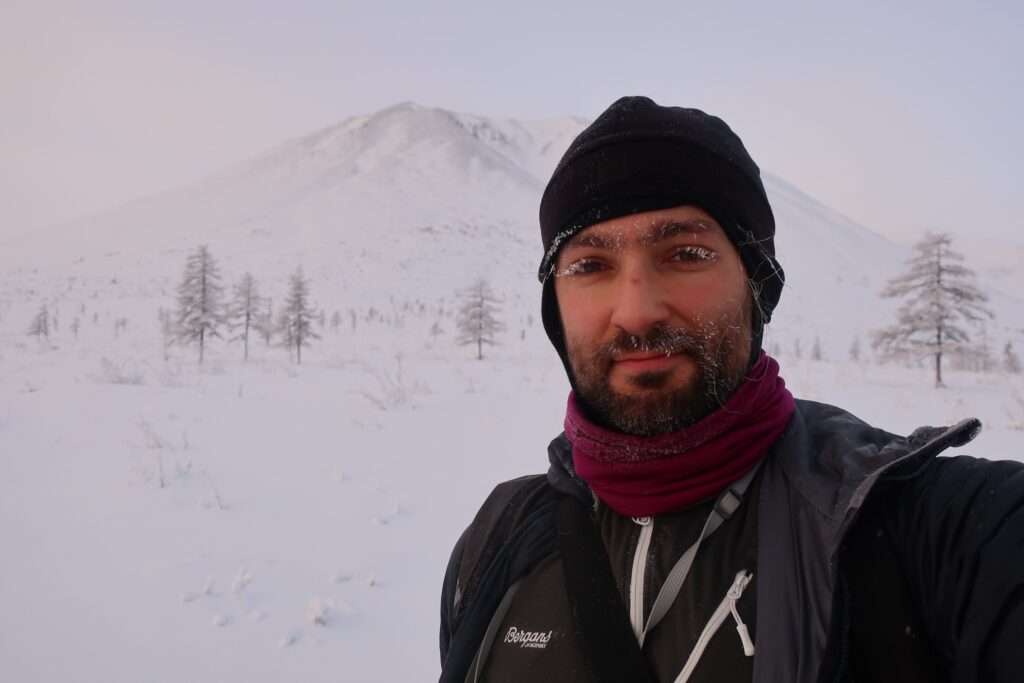

Despite very low weight, it has several useful features, such as prolonged sleeves to cover parts of palms (thumbs loops), three pockets (including a chest pocket), a stand up collar, and reflective details. Furthermore, it dries extremely quickly – a major benefit during long expeditions. Moreover, the jacket has a nice, technical and stretchy outfit, and it never feels clumsy.
In summary, Bergans Galdebergtind is a great stretchy fleece jacket that I fully recommend for any 3-season expedition or trip, and also on warmer winter days. You can order it online on Sklep Gorski.
